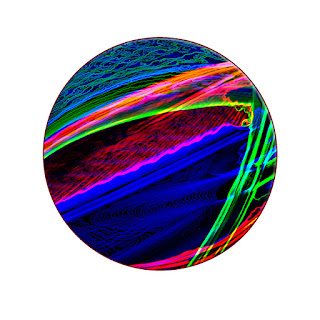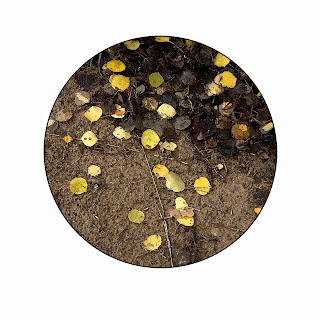"Simple as a mandala"
regarding mandalas:
We owe the re-introduction of mandalas into modern Western thought to Carl Jung, the Swiss psychoanalyst. In his pioneering exploration of the unconscious through his own art-making, Jung observed the motif of the circle spontaneously appearing.
The circle drawings reflected his inner state at that moment. Familiarity with the philosophical writings of India prompted Jung to adopt the word "mandala" to describe these circle drawings he and his patients made.
In his autobiography, Jung wrote:
"I sketched every morning in a notebook a small circular drawing...
which seemed to correspond to my inner situation at the time....
Only gradually did I discover what the mandala really is: the Self, the wholeness of the personality, which if all goes well is
harmonious."
— Carl Jung, Memories, Dreams, Reflections, pp. 195 – 196.
Jung recognized that the urge to make mandalas emerges during moments of intense
personal growth. Their appearance indicates a profound re-balancing process is underway
in the psyche. The result of the process is a more complex and better-integrated personality.
"The mandala serves a conservative purpose—namely, to restore a previously existing order. But it also serves the creative purpose of giving expression and form to something that does not yet exist, something new and unique….
The process is that of the ascending spiral, which grows upward while simultaneously returning again and again to the same point."
— Jungian analyst Marie-Louise von Franz, C. G. Jung: "Man and His Symbols," p. 225
Creating mandalas helps stabilize, integrate, and re-order inner life.
According to psychologist David Fontana, its symbolic nature can help one "to access progressively deeper levels of the unconscious, ultimately assisting the meditator to experience a mystical sense of oneness with the ultimate unity from which the cosmos in
all its manifold forms arise's."





Comments
Post a Comment